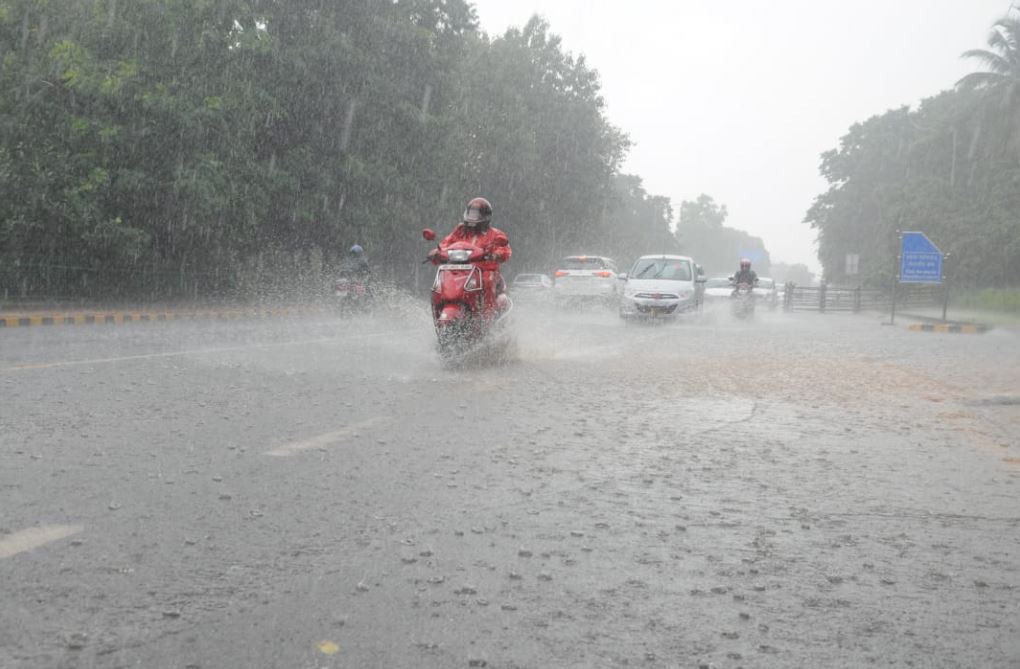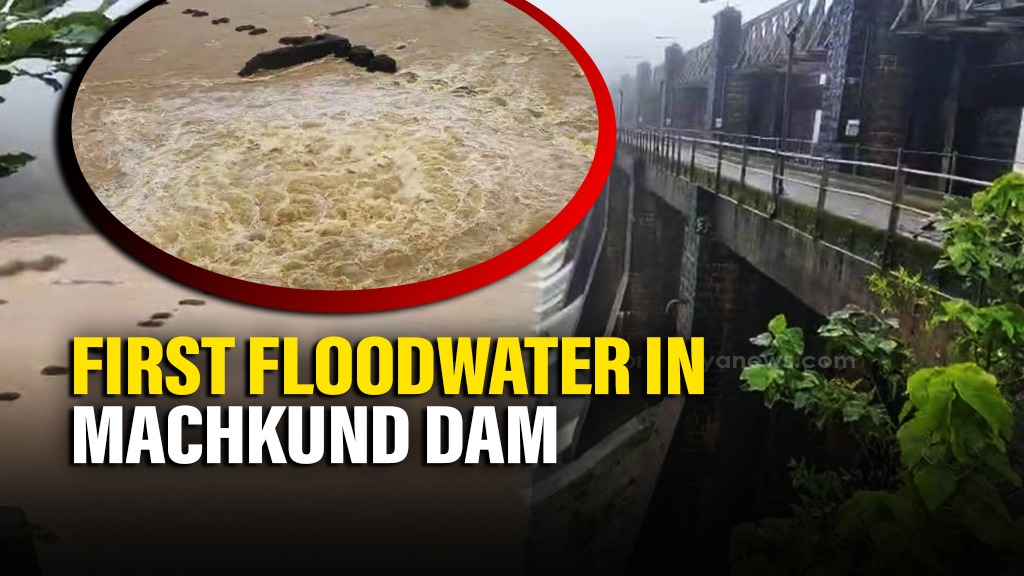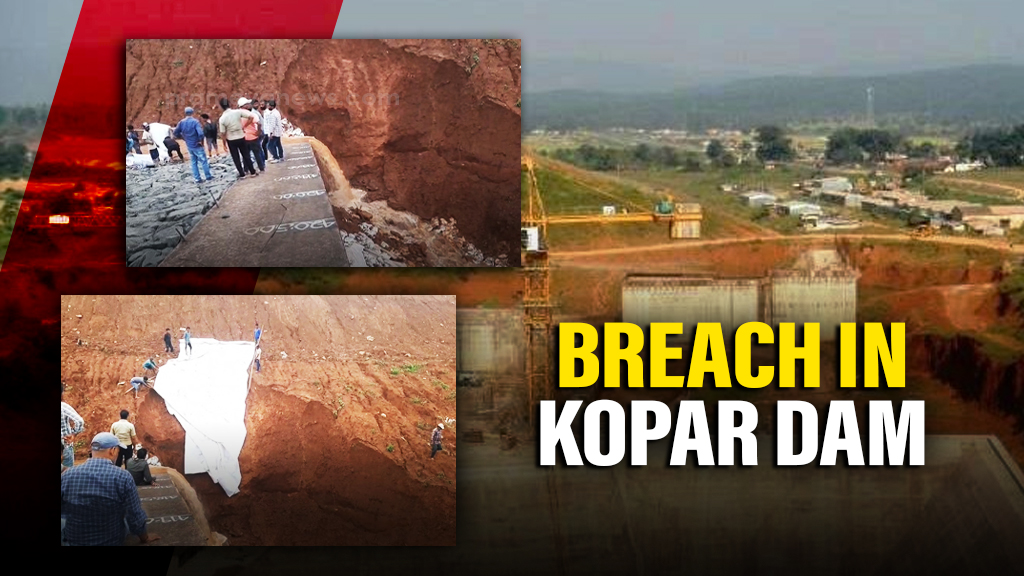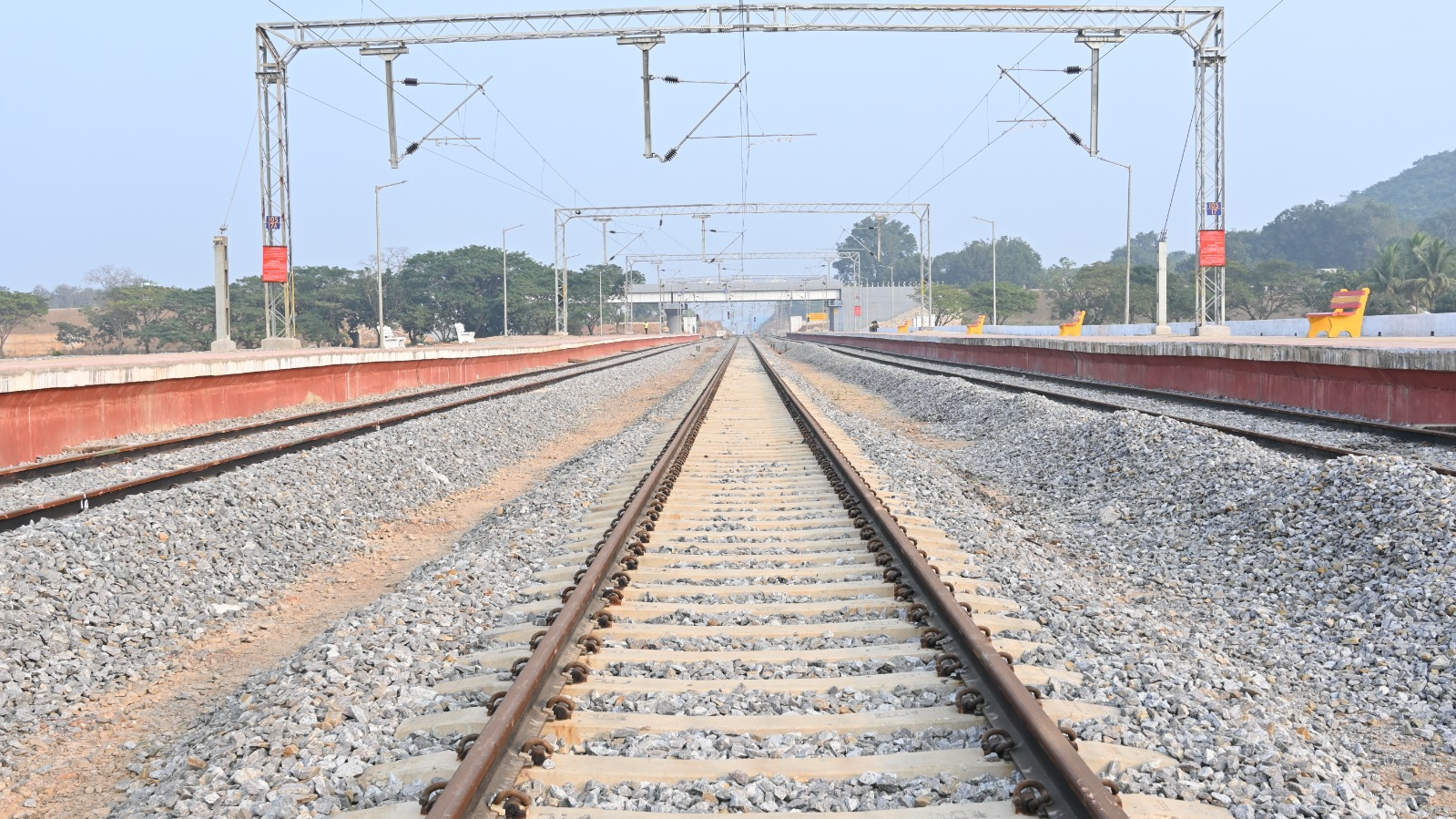Deluge in Bhubaneswar on Monday afternoon was result of a cloudburst: CEC

Bhubaneswar, Sep 24: The deluge caused in Bhubaneswar city on Monday afternoon was the result of a cloudburst, according to the Centre for Environment and Climate (CEC) at the SOA Deemed to be University here. The intensity of rainfall between 3 pm and 3.50 pm on the day was measured at 96 mm per hour as per the rainfall data and temp-humidity data recorded at CEC, Dr. S.C.Sahu, its Director, said. Extremely heavy precipitation of about 100 mm per hour over a small area is termed as ‘cloudburst ‘ but it generally occurred in mountainous and desert regions though it is often experienced over continental landmasses due to strong vertical velocity with continuous flow of moisture from nearby water bodies, he said. “The rainfall to come down in a steady shower caused excessive condensation in the clouds as new drops form and old drops are retracted back into it by the updraft,” he said. Dr. Sahu said while the rainfall was recorded over an hour starting from 3 pm in Bhubaneswar, the nearby surrounding places like Khurda, Cuttack, Begunia and Puri did not report such high intensity precipitation. The rainfall recorded at the CEC observatory during the 24 hours on that day was 109.2 mm where as 80 mm of rainfall was recorded between 3 pm and 3.50 pm, he said. Dr. Sahu said towering cumulus cloud were being formed over the city during the past 10 days due to rise in temperature and availability of plenty of moisture by the flow of monsoon wind but sporadic low intensity rainfall were recorded in spells though temperature was more than 34-35 degrees Celsius. The low pressure system which formed over the north-east Bay of Bengal on September 20 was positioned over the north-west Bay of Bengal and its neighbourhood on September 21 with associated cyclonic circulation extending over 7.6 km above mean sea level, he said. Strong mid-level wind shear (difference in wind speed between 1500 metre and 5800 metre level in the atmosphere) was formed very close to the Odisha coast on September 21 morning which supported strong vertical velocity. Dr. Sahu said there was sudden increase of humidity up to 98 per cent at around 3 pm on that day and temperature increased to 33 degree Celsius which favoured strong unstable atmosphere. The atmospheric pressure decreased about 2.0 hectapascal which were factors that supported a cloudburst type situation, he said.
Latest News

Deepika Padukone to receive Star on the Hollyw...

Odisha: Titlagarh R&B AEE under Vigilance scan...

Koraput’s Machkund dam releases first floodwat...

Odisha: Couple commits suicide by jumping befo...

Breach in Koper Dam of Kanupur Irrigation Proj...

From Farm to Fuel: The Four "Red Lines", Corn,...

Padma Shri Sudarsan Pattnaik’s Twitter account...
Copyright © 2024 - Summa Real Media Private Limited. All Rights Reserved.






































